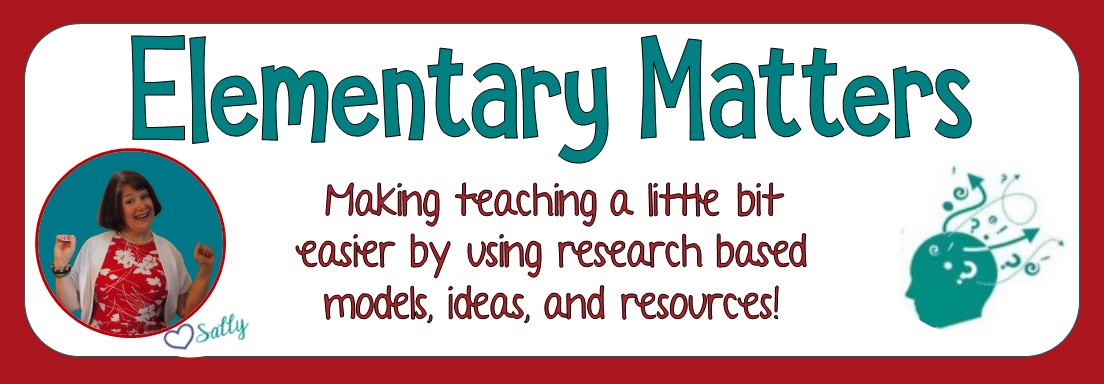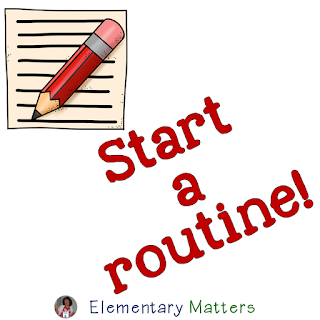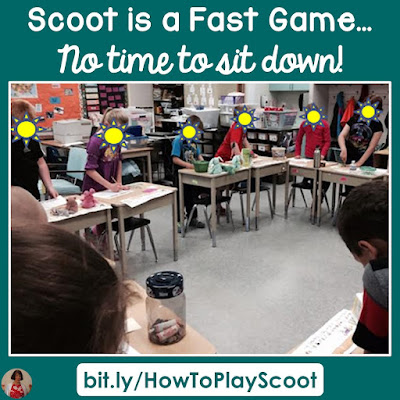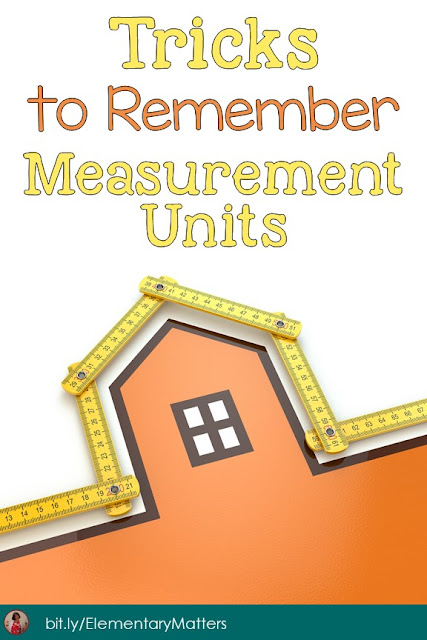Teaching is harder than ever these days!
I'm about to start my 39th year teaching. Honestly, it's a lot harder now than it was back in the 70s when I started! Luckily, experience has taught me a whole lot, and I have a repertoire of tricks up my sleeve.
Nowadays we have to individualize everything! We have to keep evidence folders, and post learning targets based on Common Core or College and Career Ready standards. We have to pre-test, post-test, follow a prescribed program, teach specific subjects at specific times, and somehow get these kids to learn! We need to make sure we are on the same page (literally!) as the others who teach our grade, and now somehow,we are evaluated based on the tests, no matter what kids we get or what subjects we teach! Many of us lack support from administration, parents, and the government! Phys. Ed, Music, and recess are being taken out of the day, and more kids than ever have learning problems and behavioral challenges.
Yet, believe it or not, there are many of us who still choose to teach.
I find Social Studies and Science are the toughest areas to find time to teach. Finding time to squeeze it in is difficult, and finding time to prepare materials is close to impossible.
I'm here to make your job a tiny bit easier!
If you follow my blog, you know that I've studied brain research, and l have become very focused on how the brain learns.
Here are some fun ways to "sneak in" those subjects that the children love, but hardly get to participate in because of the demands of the beginning of the year:
1. Morning Meeting! Squeeze in a social studies topic into Morning Meeting. "On your turn, name something you'd see in an urban community." or "Name one of the planets."
2. Lining Up! Line them up with a fact. "Before you get into line for lunch, stop and tell a friend the 4 stages in the life cycle of a honeybee." or "Tell a friend the name of one of the oceans."
3. Brain Breaks! Take a brain break with a purpose. "You are a Coast guardsman guarding our border along the Atlantic Ocean and need to check out an incoming boat. Speed your ship over and greet the visitors." or "Imagine you are a honeybee in the pupa stage, trying to get out of your cell."
4. Connect to Something Bigger! When developing the rules for your classroom: "The Constitution of the United States is a set of rules developed by citizens of the country. You are citizens of this classroom. What rules should we have for our citizens?" (Of course, when you decide on rules, you can make a copy for the class and have them sign it with a fancy pen!) or "I wonder if farmers measure their plant growth like we do."
5. Calendar Time! Mention upcoming Social Studies or Science days during calendar time. "How many days until the Autumnal Equinox?" or "On what day of the week is Constitution Day?"
6. Read Aloud! Read books about your Science and Social Studies topics (fiction and non-fiction), then stop and chat about them! "Do all spiders have an egg sack like Charlotte did?" or "In what sort of community does Noel live? What were your clues?"
7. Keep maps and globes handy! Whenever any place is mentioned in a book, video, or just in passing, I'll grab the map or globe and find it! "Your dad is on business in Singapore? Let's find it on the globe. Wow, that's on the other side of the earth! They must be sleeping now!" As the year progresses, whenever a place is mentioned, the kids will call out, "Get the globe!" (It's also a good idea to leave maps and globes available for the kids to browse. I've heard some awesome conversations about places around the world while kids are waiting for the bus at the end of the day!)
What are your ideas to find time for these valuable subjects?

















































